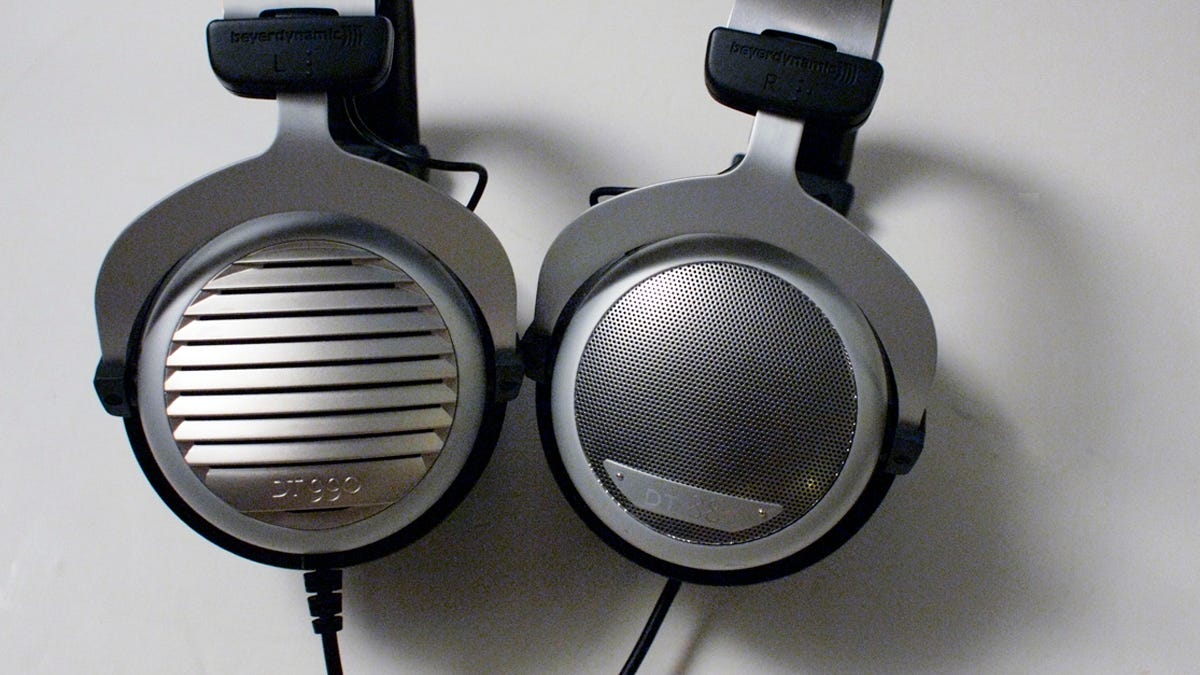Do your headphones play loud enough?
The Audiophiliac explains what makes a headphone easy or hard to drive, and why you should care.

I mention it in nearly every headphone review, something along the lines of, "The Reference 1000 was easy to drive, but the Reference 2000 was hard to drive." What's up with that, and what does "easy or hard to drive" mean to prospective headphone buyers? Simply this: if you're using a smartphone or portable music player, a hard to drive headphone may not play as loud as you'd want.
Of course, if you could listen to a headphone before you bought it, you'd hear for yourself how easy or hard the headphone was to drive.
Before we go any further, the easy/hard question only relates to wired headphones, wireless headphones' volume capability is limited by their internal amplification. If your wireless headphones don't play loud enough, start looking for a new wireless headphone. Also, where possible, try it before you buy.
The AKG K872 won't play all that loudly when plugged into smartphones.
If you can't audition it, or I haven't reviewed a wired headphone you're interested in buying, check two specifications on the headphone: its impedance and sensitivity. Those two specs might provide useful info on how easy or not the headphone is to drive. High impedance headphones, say anything over 50 ohms, tend to be harder to drive than lower impedance headphones. Most headphones are low impedance, 32 ohms or less, but it's easy enough to check the impedance spec before you buy.
High sensitivity headphones, with 98 decibels/1 milliwatt or higher rated sensitivity (with the first number higher) are easier to drive than lower sensitivity headphones. The catch: standards for rating sensitivity vary, and you can't reliably compare the sensitivity of one brand's headphones' sensitivity to another's. But it's still worth looking up the sensitivity spec.
If you already own a hard to drive headphone you love, and would like to play it louder with your smartphone, check out AudioQuest's terrific DragonFly Red ($199 in the US, £169 in the UK and AU$320 in Australia) or the DragonFly Black ($99, £89, AU$160) headphone amps, which you can use with your phone. The Red or Black might boost your headphones' sound loud enough to make you happy.
The real bottom line is, will the headphone play loud enough for you? Loud enough for one person might not be loud enough for another. That's why it's best to listen for yourself.

